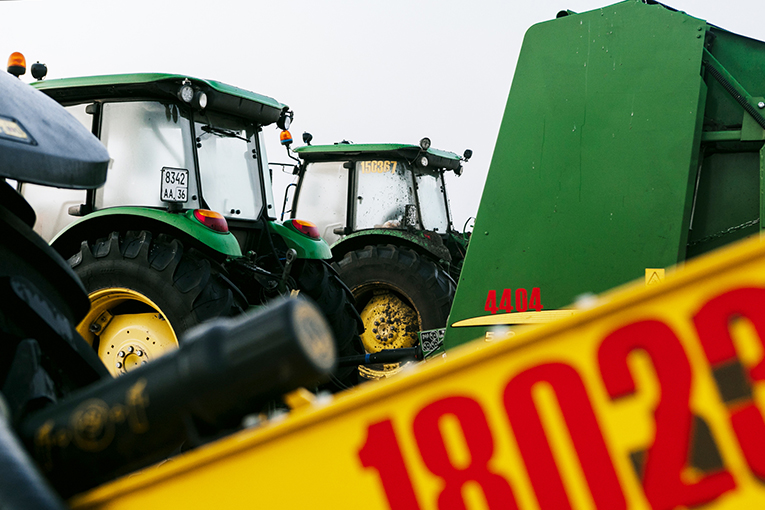Ekosem-Agrar prepares for the growing season
24 February 2022 News from the Company
In 2022, the Ekosem-Agrar Group plans to sow over 460,000 hectares of arable land, which is the same arable area as in previous years. The Group is active in crop production in all 13 regions of Russia where it has a presence.

The company plans to increase the area under grain by 20% to more than 154,000 hectares. In the process, the area under winter grain has been increased by a third through the reuse of fallow land. This year, winter wheat acreage was expanded by 65% to 59,400 hectares compared to last season. Winter rye acreage is double that of last year at 2,600 hectares, and triticale (a forage crop, a cross between wheat and rye) is seven times larger than last year at 2,300 hectares.
The Group will also significantly increase the area under niche crops. Lentils will be grown on more than 15,000 hectares; 500 hectares will be planted with amaranth and almost the same area is reserved for chickpeas. The area under camelina and mustard is also being expanded to 6,000 hectares and 1,000 hectares, respectively.
The purchased seeds of Russian origin have already arrived at the warehouses of Ekosem-Agrar farms. The imported corn and sunflower hybrids will be delivered by the beginning of April.
An important task before sowing is the timely preparation of agricultural machinery for the season, as well as ensuring a sufficient supply of fertilizers. As early as November 2021, the Group's skilled workers checked the existing agricultural equipment for defects. The repair of agricultural equipment will be completed by the end of February 2022. Over 2,500 pieces of agricultural equipment will be involved in spring sowing, including 1,100 units of self-propelled agricultural equipment. Fertilizers have already been ordered and will be provided in time for the sowing campaign.
In 2021, the gross harvest of cereals and pulses at Ekosem-Agrar Group farms was over 481,000 tons, of which 103,000 tons were oilseeds. In addition, despite the drought in some regions, the Group fully met its own needs for basic fodder and harvested about 1.9 million tons.
